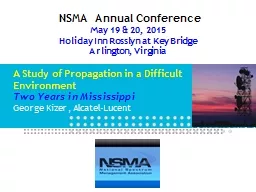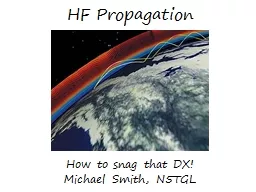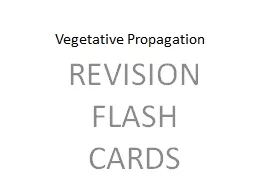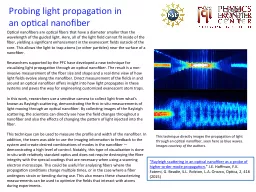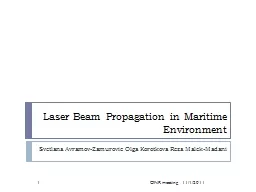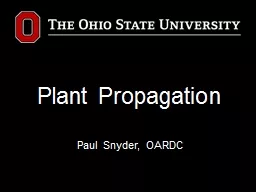PPT-A Study of Propagation in a Difficult Environment
Author : debby-jeon | Published Date : 2016-10-18
Two Years in Mississippi George Kizer AlcatelLucent NSMA Annual Conference May 19 amp 20 2015 Holiday Inn Rosslyn at Key Bridge Arlington Virginia Network Overview
Presentation Embed Code
Download Presentation
Download Presentation The PPT/PDF document "A Study of Propagation in a Difficult En..." is the property of its rightful owner. Permission is granted to download and print the materials on this website for personal, non-commercial use only, and to display it on your personal computer provided you do not modify the materials and that you retain all copyright notices contained in the materials. By downloading content from our website, you accept the terms of this agreement.
A Study of Propagation in a Difficult Environment: Transcript
Download Rules Of Document
"A Study of Propagation in a Difficult Environment"The content belongs to its owner. You may download and print it for personal use, without modification, and keep all copyright notices. By downloading, you agree to these terms.
Related Documents

